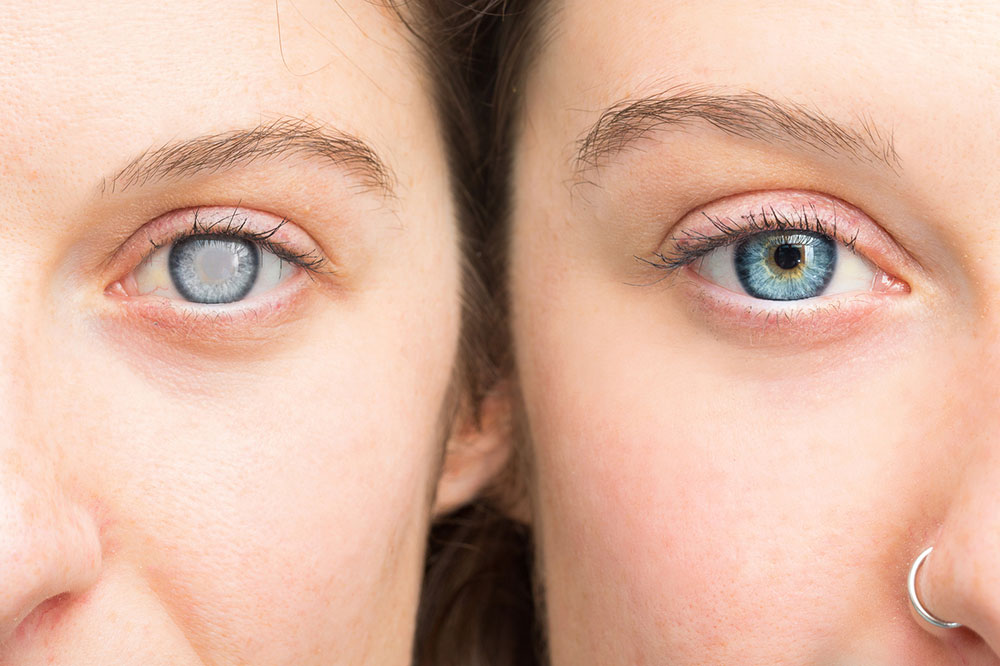
Understanding macular degeneration and ways to deal with it
Age-related macular degeneration or AMD, commonly known as macular degeneration, is an eye disorder. This disorder develops due to the deterioration of the macula, a small area in the center of the retina located at the back of the eye.
As a result of macular degeneration, you will lose your central vision. This condition does not cause total blindness as it doesn’t affect your peripheral vision.
Macular degeneration is categorized into two types – dry and wet. Dry macular degeneration occurs due to small yellow deposits called drusen developing under your macula. On the other hand, wet macular degeneration occurs when abnormal blood vessels develop under the retina and macula.
Causes
It has been identified that certain factors increase the risk of developing this eye disease. These risk factors of macular degeneration include:
- You are more than 55
- You have a family history of macular degeneration
- You are a smoker
- You are overweight or obese
- You are suffering from cardiovascular disease
- Your cholesterol level is high
Symptom s
If it’s dry macular degeneration, the symptoms may include:
- Progressive loss of central vision
- Misrepresentation of straight lines in your field of vision
- Need for brighter lighting
- Difficulty to see in low lights
- Blurriness
- Trouble in recognizing faces
- Retinal damage
If it’s wet macular degeneration, along with visual distortions and reduced central vision, you are likely to have the below-given signs and symptoms.
- A blurred spot in your field of vision
- You see a dark spot in the center of your vision. This occurs due to blood vessels bleeding or leaking fluid
- Hazy vision
In wet macular degeneration, the symptoms progress more quickly than dry macular degeneration.
Diagnosis
The diagnosis process of macular degeneration involves a variety of tests. Initially, your specialist is likely to examine you by using special eye drops to dilate your eyes and then check the back of your eyes for signs of fluid, blood, or yellow deposits. In addition, your doctor is also likely to conduct the below-given tests to confirm the condition.
- Amsler grid test
During this test, your doctor will check your field of central vision by asking you to look at an Amsler grid. Amsler grid comes with a basic grid pattern with a dot at the center. In this test, if any or some of the lines on the grid appear irregular, it can be confirmed as macular degeneration. - Fluorescein angiography
During the process of taking a fluorescein angiography, your doctor injects a colored dye into a vein in your arm. With the help of this test, your doctor is likely to look for problems and changes in your blood vessels and retina.
Similarly, your doctor may also likely conduct additional tests such as indocyanine green angiography and optical coherence tomography based on your symptoms.
Treatment
No cure is available for macular degeneration until now. The available treatment procedure currently works towards reducing the progression of the disease.
If you are suffering from wet macular degeneration, your doctor is likely to inject anti-VEGF directly into your eyes to stop the growth of new blood vessels. Further, photodynamic therapy also helps in closing up leaking blood vessels. In certain cases, doctors also use photocoagulation to destroy abnormal blood vessels.
If you have dry macular degeneration, surgical treatment can help improve your vision. This is done by implanting a telescopic lens in your eye to replace the natural lens.
Natural remedies, best foods, and prevention
A healthy diet always helps. A diet that’s rich in vitamins and herbs, coupled with certain vegetables, carrots, beets, fish, eggs, sweet potatoes, kale, and nuts, helps slow the progression of vision loss. In addition, quit smoking and exercise regularly to maintain a healthy weight.
Also, make sure you go for an annual eye examination to rule out any eye issues. Opt to do it, even if your vision appears normal.




